The varnish is wiped on in "panels." Here Don is applying varnish to planks bordered by the thwart frame, transom, and stern seat compartment.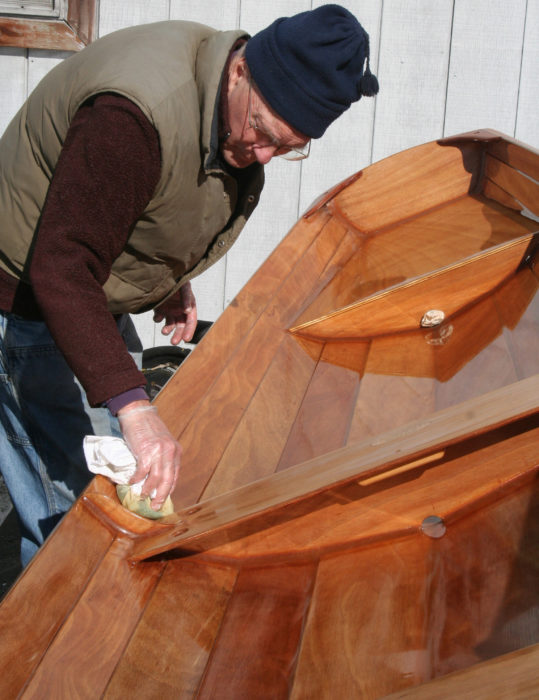 SBM
SBM
Join The Conversation
We welcome your comments about this article. To include a photo with your remarks, click Choose File below the Comment box.
Comments (5)
Comments are closed.

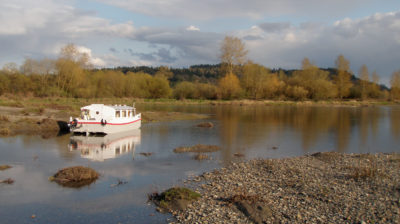
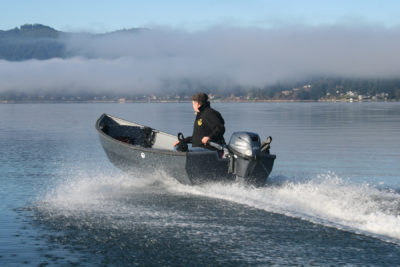
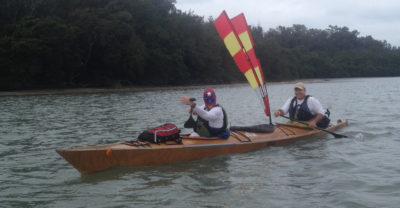
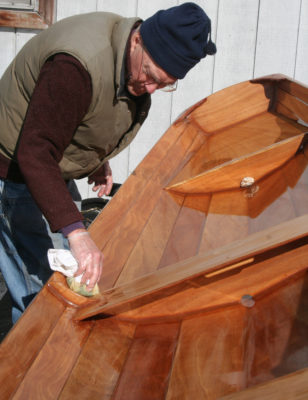
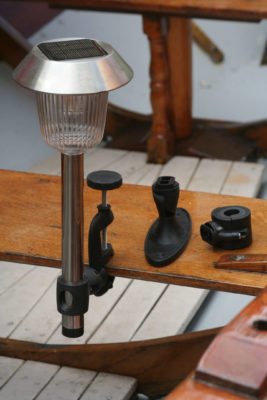
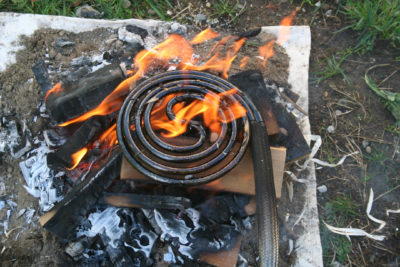

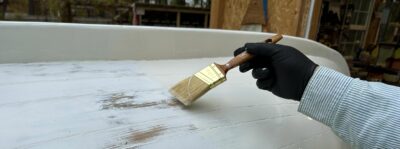
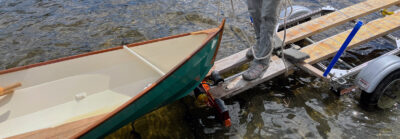

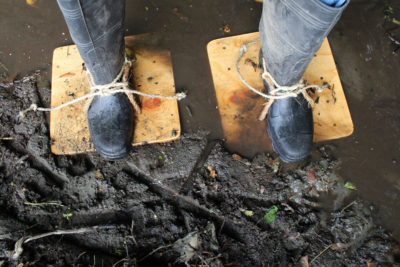
That’s the exact way I was introduced to French polishing many years ago by an old furniture craftsman; and I never considered it for finishing varnish on a boat. If you have never seen a French Polish process, look online. Its fascinating to see a mirror finish applied with rubbing cloths. Great article!
Niall, you are right, the pad applicator is a lot like French Polish (FP). It strikes me that wipe-on varnish is a cross (ignoring the leap between chemistries) between FP and brushed varnish. I’ve not tried the centuries-old FP shellac process where subsequent coats of alcohol dissolved shellac are rubbed into and slightly soften the existing finish to build up and smooth to an exquisite mirror finish through many many coats. The operative word appears to be “polish.” In contrast, wiping varnish puts down a film—extremely thin by brushing standards—that does not noticeably soften the underlying coats although it may chemically bond with the surface. Since it is a film, I’ve not been able to go back into wet areas as demonstrated by those doing FP, although I have read of using a “bus-boy” wipe. Well, bus boy didn’t work for me, but did lead to the development of the undo pad! As mentioned in the article the wipe on finish won’t net a flawless surface but it does positively help the balance of the age old dilemma: Sail or varnish?
I was taught a similar technique by a German fine-furniture maker. The “varnish” was airplane dope (the treatment used on cloth wings and fuselages) diluted with lacquer thinner. I applied the dope to gun stocks with fine steel wool and could achieve a perfect finish. I never thought of using this method for boats. I’ve been finishing my boat with the best exterior house paint from Home Depot.
My boat varnishing was over for the season when I found this article, so I decided to put the technique to use on an antique oak dining table I needed to refinish. My first results using Le Tonkinois #1 varnish and generic thinner were not so good—it dried very unevenly and didn’t seem to build nicely. After a couple of these patchy coats I gave it a good sanding and started over (all in the name of practicing for next season’s varnish on the boat). This time I tried the 1:3 ratio of naphtha to kerosene to make the thinner, and the results are great. This mixture went on evenly, dried quickly, recoated smoothly, and has a consistent gloss. My suggestion: Pay attention to your varnish and thinner combination to find one that works.
I used the same mix to varnish the deeply fluted legs, this time using a good brush to get into the bottoms of the flutes. The results are good this way, too. Don’t be afraid to brush the thin solution to get to the desired end. I stood the legs on end and spun them to brush the round bits. I’d like to rig something like that for spars!
I like to plunge in and get the job done and more often than I’d care to admit, I regret trying a new coating or application method without having done a test panel. I had originally used Don’s method with a mix of varnish and mineral spirits and got good results. Recently I used Interlux 333 brushing liquid instead of thinner. I was planning on recoating in an hour or so as I had previously, but the varnish mixture needed to cure overnight for it to set up enough for recoating. A small mix and a test panel would have saved me the long wait and I would have finished the job much sooner. Christopher Cunningham, Editor, Small Boats Monthly